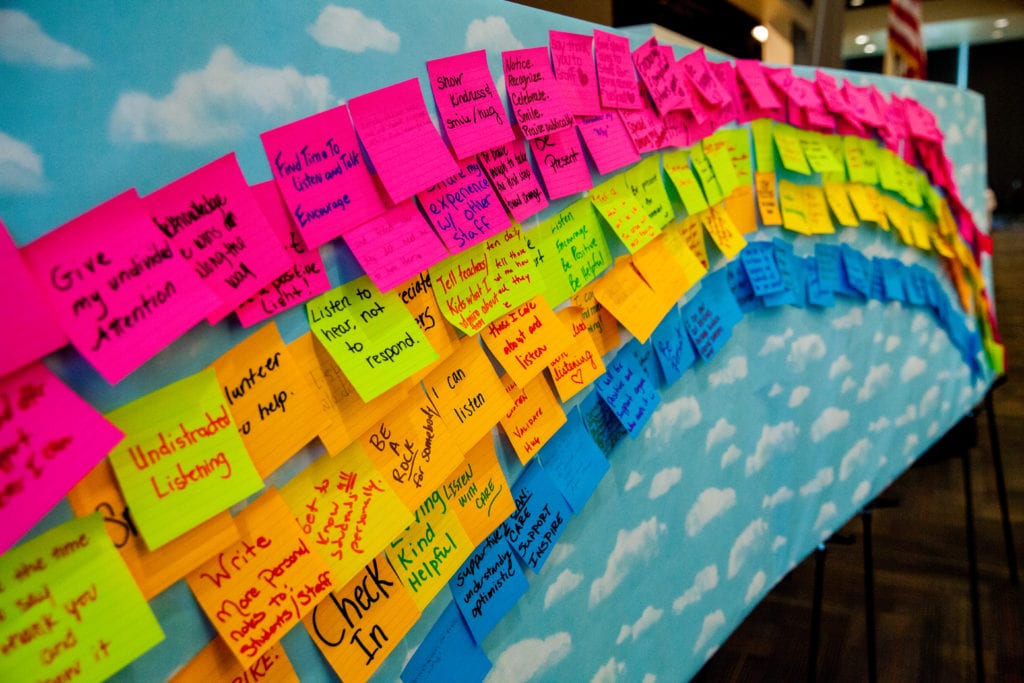MARTINSBURG, W.Va. — Out of sight doesn’t mean out of mind in Berkeley County Schools because teachers and other district staff members have made a concentrated effort to stay in touch with students.
Several different types of communication have been used for outreach since schools were closed March 13 due to the COVID-19 pandemic, according to Deputy Superintendent Don Dellinger, who spoke during a Monday board meeting.
“We’ve been reaching out to our students in a variety of methods with a variety of employees, and feel very good about what’s been achieved,” he said.
Teachers, counselors, social workers, aides, and administrators have been reaching out to students through telephone calls, emails, school websites, and several other online platforms, Dellinger said.
“We’ve been able to share activities through YouTube videos, read-aloud, and our principals have also been sending out video messages,” he said.
Home visits have been part of the effort, including checking on some English as a Second Language students and students with special needs, Dellinger said.
Attendance workers have been following up on the district’s most at-risk students, he said.
All students have been provided access to learning packets, he said.
Some families stopped by schools to pick them up, others were delivered to student homes, some were scanned and emailed, and a few were mailed, Dellinger said.
Teacher contact is an important part of the ongoing effort. Elementary teachers are responsible for contacting their classes, while secondary school teachers are reaching out to students in their homerooms, he said.
School counselors and social workers have made about 4,800 contacts, and group contacts using online platforms such as Schoology have resulted in around 24,400, Dellinger said.
Different schools have found their own individual ways to maximize contact, he said.
Hedgesville Elementary School, which posted and shared a newsletter with 632 students and families, had more than 300 views in the first six minutes, with a total of 954 views, Dellinger said.
At Hedgesville High School, administrators, counselors, and social workers joined forces to contact about 650 at-risk students and families, he said.
“Hedgesville High’s Building Assets, Reducing Risks (BARR) program shared how they were using virtual meetings with at-risk students with the national director, and they were so impressed that they were sharing that model with all BARR schools nationally,” he said.
Schools were able to reach their goals of contacting as many students as possible, and estimate that about 95% were contacted from March 16 to 23, Dellinger said.
“Depending on the school, 75% to 95% of those students and families contacted had responded,” he said. “On average, schools feel that 70% to 80% of students are working on learning activities.”
School employees still are trying to communicate with those who have not yet responded, he said.
Check out the full article!
